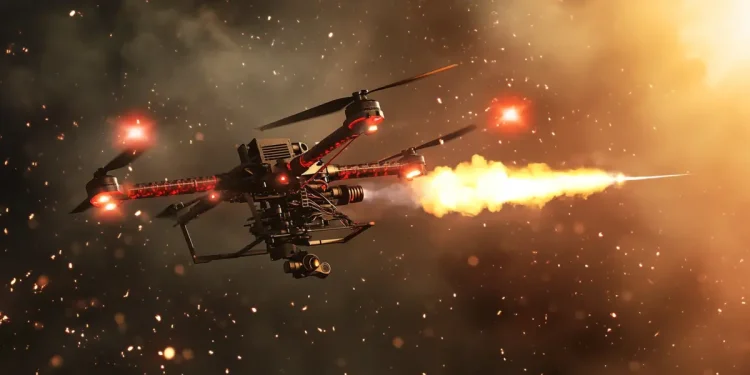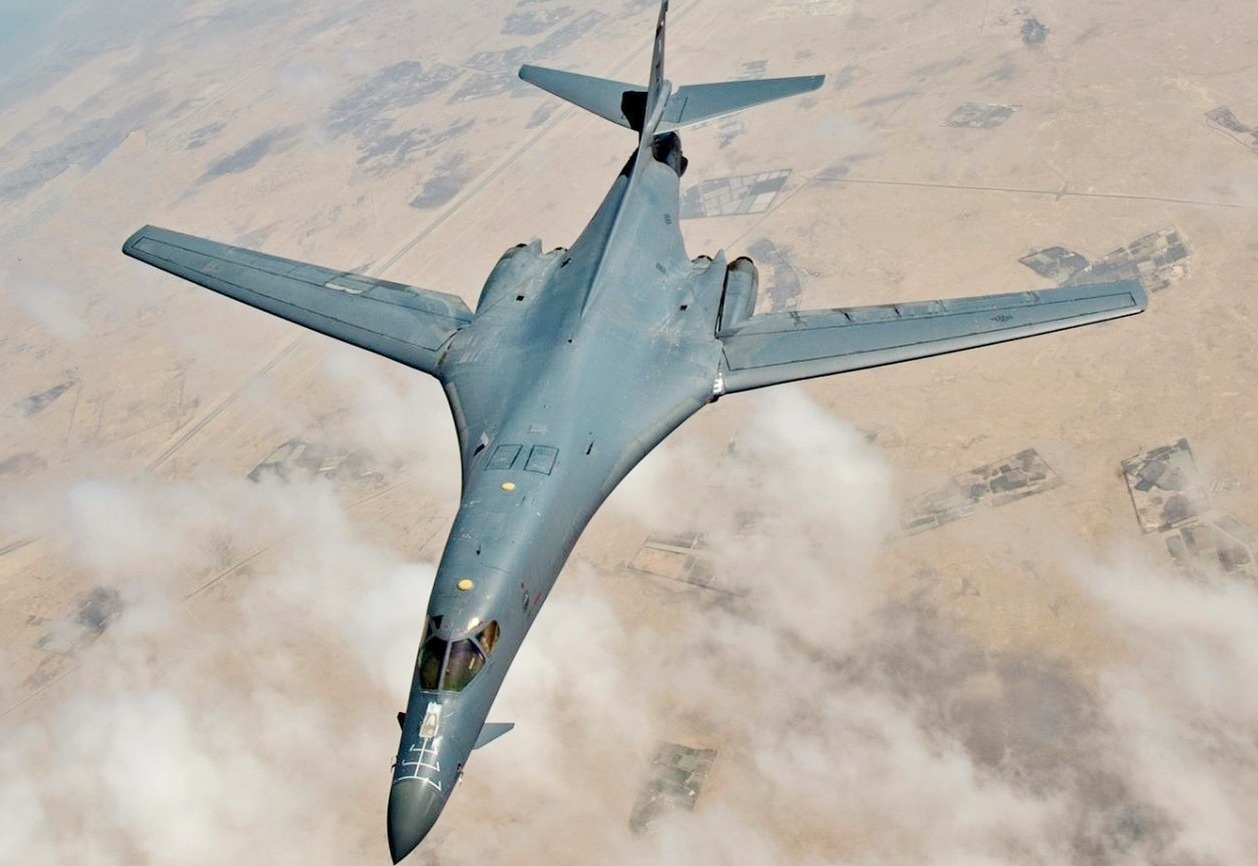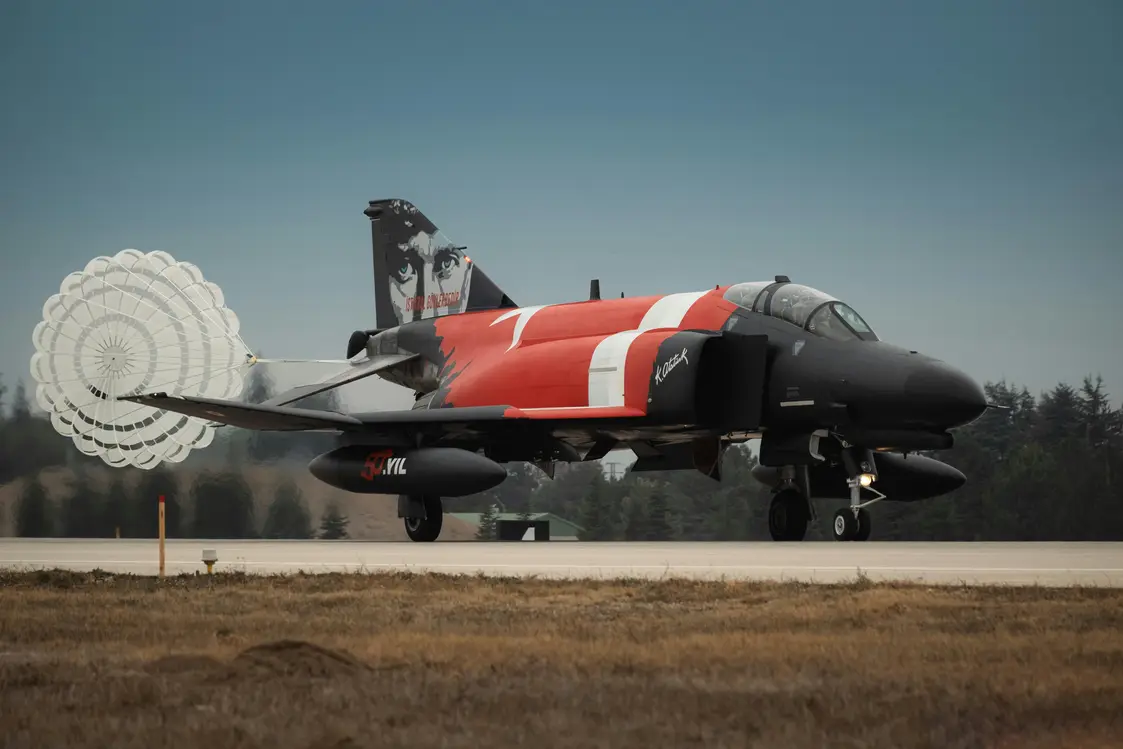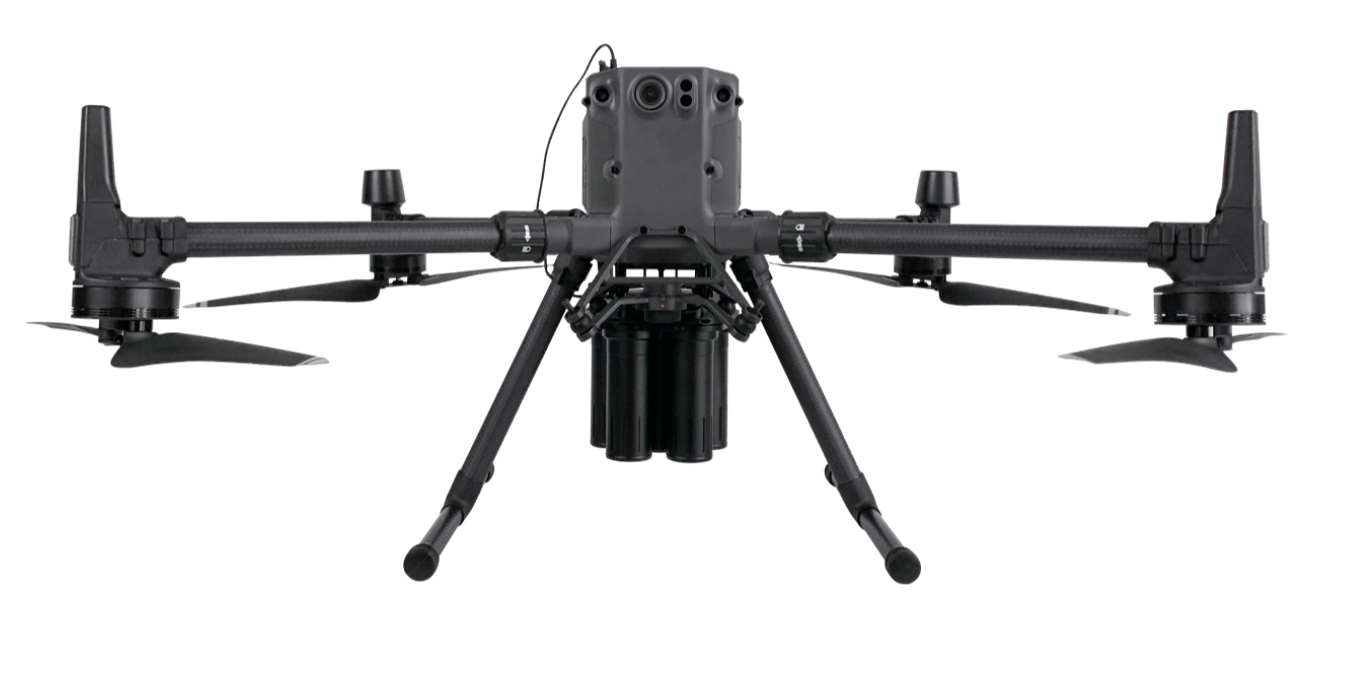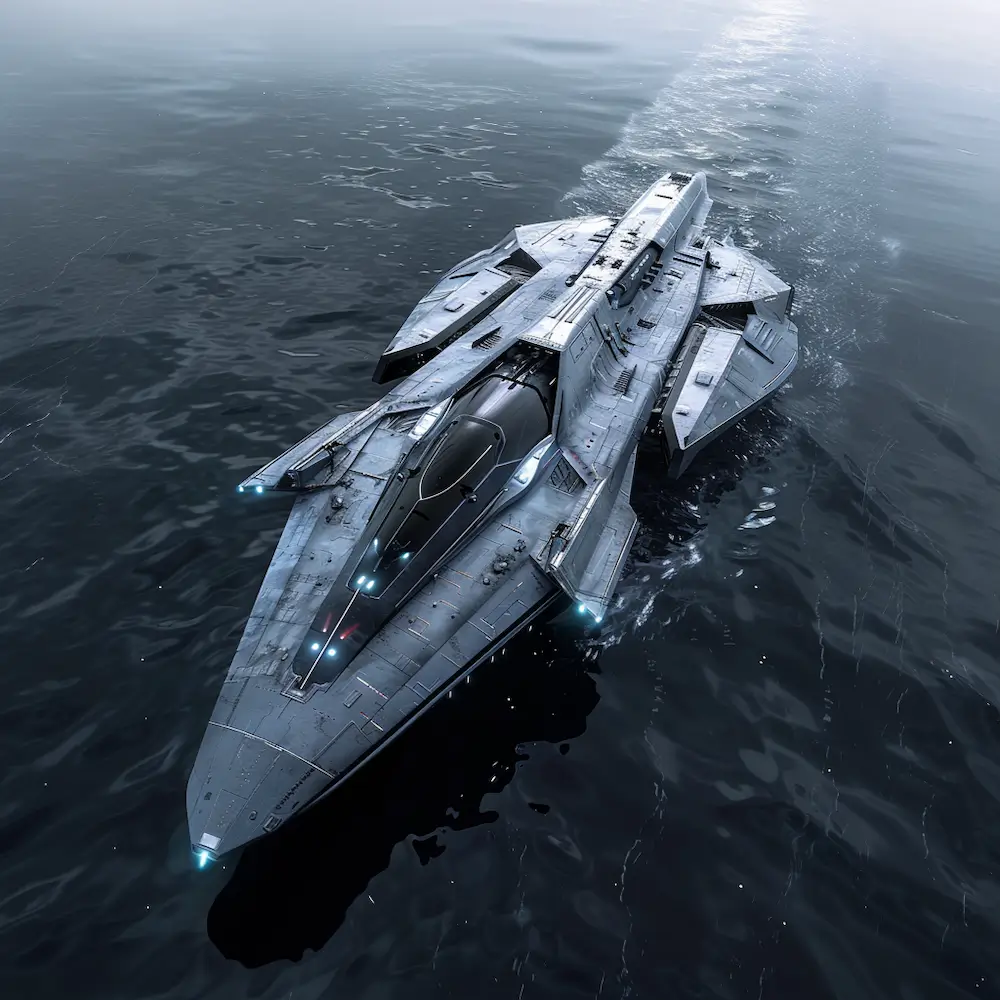The Next Evolution in Defense Technology
The modern battlefield is ever-evolving, with the constant integration of new technologies that enhance capabilities and strategic advantages. Amidst this transformative era, the SARISA SRS-1A rocket-shooting drone emerges as a remarkable innovation designed to redefine aerial combat and surveillance.
Unveiling the SARISA SRS-1A
The SARISA SRS-1A is not merely a drone; it is a sophisticated flying apparatus integrating cutting-edge technology with formidable firepower. As adversaries leverage their own advancements, having a versatile and autonomous drone system becomes paramount for military operations. The SRS-1A aims to offer unprecedented agility and precision in both offensive and defensive roles.
Specifications and Features
| Feature | Specification |
|---|---|
| Type | Rocket-armed Drone |
| Payload Capacity | 20 kg |
| Range | 250 km |
| Endurance | 5 hours |
| Speed | 150 km/h |
| Guidance System | GPS/INS |
| Armament | 2x Rocket Pods |
| Sensors | EO/IR Camera |
Operational Capabilities
The SARISA SRS-1A is equipped with two rocket pods, allowing it to engage in direct offensive engagements with high precision. Unlike standard drones, it operates both as a reconnaissance platform and an attack vehicle. The onboard electro-optical/infrared (EO/IR) camera system provides real-time imaging, enhancing its effectiveness in both day and night operations. Whether used for border surveillance, insurgent tracking, or artillery spot correction, the SARISA SRS-1A’s multifunctionality underscores its strategic importance.
Strategic Advantage on the Battlefield
One of the most significant advantages of the SRS-1A is its autonomous mission execution capabilities. With advanced GPS/INS guidance systems, the drone can reach up to 250 km while maintaining precision in navigation. This long-range capability allows operators to strategically position the drone in areas that are too high-risk for manned missions. Furthermore, its payload capacity supports bespoke missions with variable requirements, ensuring flexibility in dynamic combat environments.
A User-Friendly Interface for Seamless Operations
The integration of intuitive user interfaces is crucial in high-stress environments. The SARISA SRS-1A boasts a state-of-the-art control system designed for usability and efficiency. This enables operators to quickly adapt to mission needs, deploying the drone’s capabilities with minimal latency and maximizing operational effectiveness.
Future Enhancements and Applications
As the defense landscape continues to innovate, the SARISA SRS-1A is expected to undergo enhancements that further elevate its combat and reconnaissance capabilities. Potential upgrades could include advanced AI for improved decision-making and enhanced sensor integration for broader application scenarios, positioning the SRS-1A as a vital component in national defense frameworks.
Ethical Considerations and the Responsible Use of Drones
With great power comes the responsibility of ethical deployment. The advancement of drones such as the SARISA SRS-1A prompts critical discussions on their use in conflicts, balancing the line between warfare efficiency and humane practices. Establishing guidelines and policies that ensure these technologies are used responsibly is crucial to maintaining global peace and safety.
Redefining Aerial Combat
The introduction of the SARISA SRS-1A is a testament to the rapid advancements in drone technology aimed at enhancing national security and tactical superiority. Its capabilities offer transformative potential for military applications, emphasizing adaptability, precision, and strategic utility. As the world witnesses a new era of aerial combat, systems like the SARISA SRS-1A will undoubtedly play a central role in shaping the future of defense operations.
